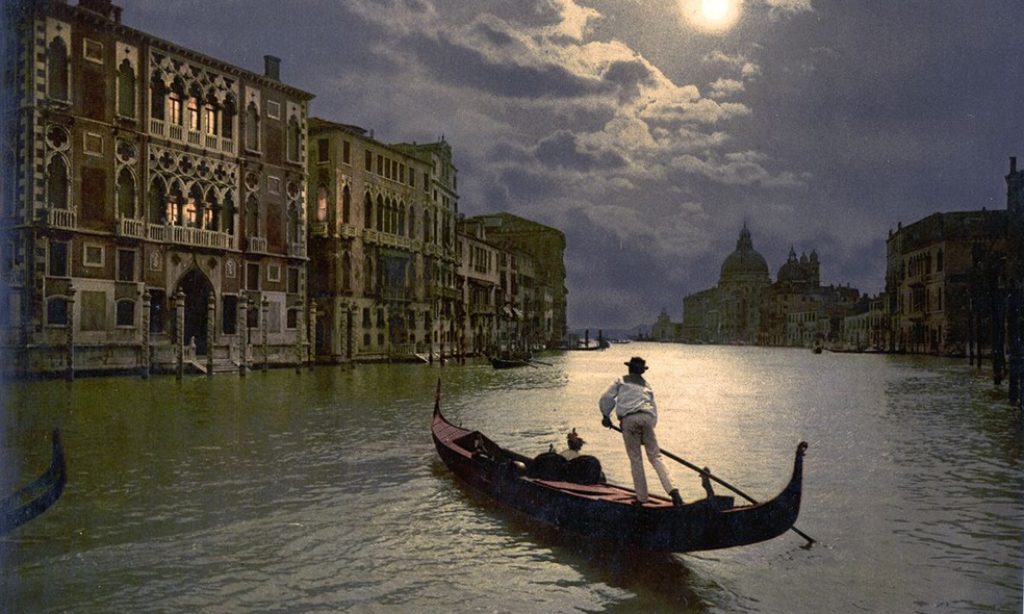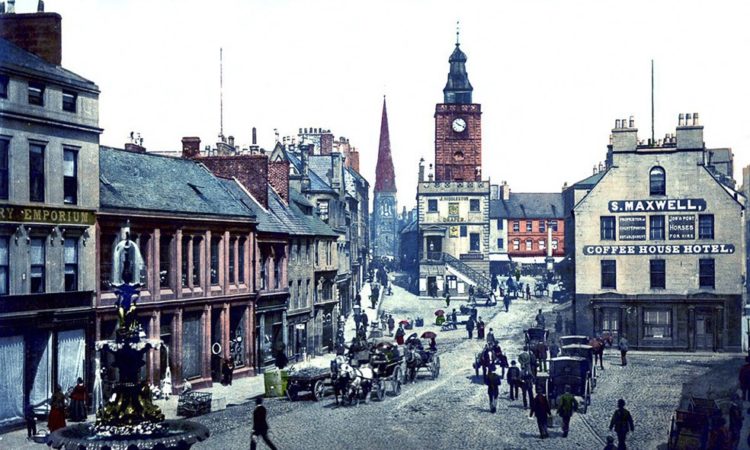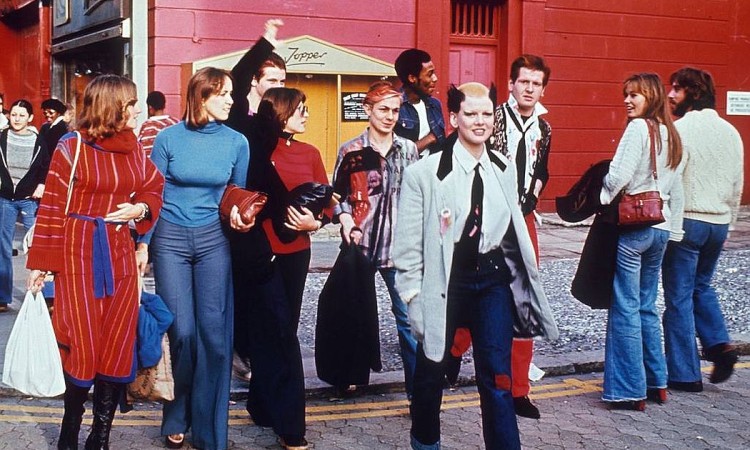Photochrom is a process for producing colorized images from black-and-white photographic negatives via the direct photographic transfer of a negative onto lithographic printing plates. The process is a photographic variant of chromolithography (color lithography). The process was invented in the 1880s by Hans Jakob Schmid (1856–1924), an employee of the Swiss company Orell Gessner Füssli—a printing firm whose history began in the 16th century. Füssli founded the stock company Photochrom Zürich (later Photoglob Zürich AG) as the business vehicle for the commercial exploitation of the process and both Füssli and Photoglob continue to exist today. From the mid-1890s the process was licensed by other companies, including the Detroit Photographic Company in the US (making it the basis of their “phostint” process), and the Photochrom Company of London. The photochrom process was most popular in the 1890s, when true color photography was first developed but was still commercially impractical.
In 1898 the US Congress passed the Private Mailing Card Act which let private publishers produce postcards. These could be mailed for one cent each, while the letter rate was two cents. Publishers created thousands of photochrom prints, usually of cities or landscapes, and sold them as postcards. In this format, photochrom reproductions became popular. The Detroit Photographic Company reportedly produced as many as seven million photochrom prints in some years, and ten to thirty thousand different views were offered. After World War One, which ended the craze for collecting Photochrom postcards, the chief use of the process was for posters and art reproductions. The last Photochrom printer operated up to 1970.
A tablet of lithographic limestone called a “litho stone” was coated with a light-sensitive surface composed of a thin layer of purified bitumen dissolved in benzene. A reversed halftone negative was then pressed against the coating and exposed to daylight (ten to thirty minutes in summer, up to several hours in winter), causing the bitumen to harden in proportion to the amount of light passing through each portion of the negative. Then a solvent such as turpentine was applied to remove the unhardened bitumen and retouch the tonal scale, strengthening or softening tones as required. Thus the image became imprinted on the stone in bitumen. Each tint was applied using a separate stone that bore the appropriate retouched image. The finished print was produced using at least six, but more commonly ten to fifteen, tint stones.
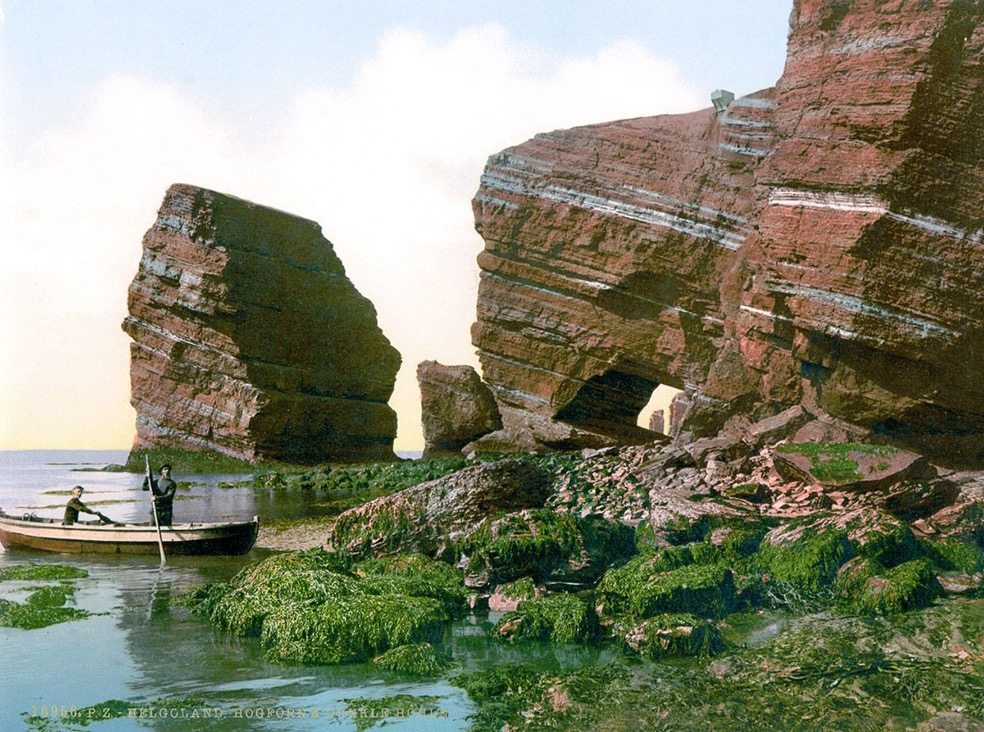
Rock formations in Heligoland, Germany / Image: Library of Congress
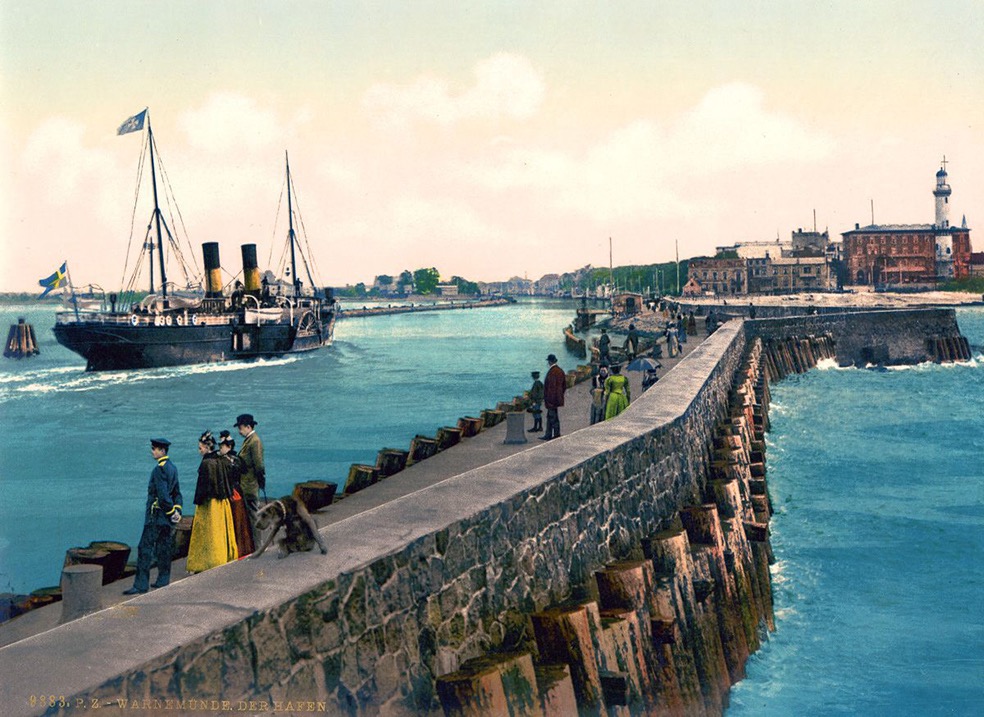
The harbor of Warnemünde, Germany / Image: Library of Congress
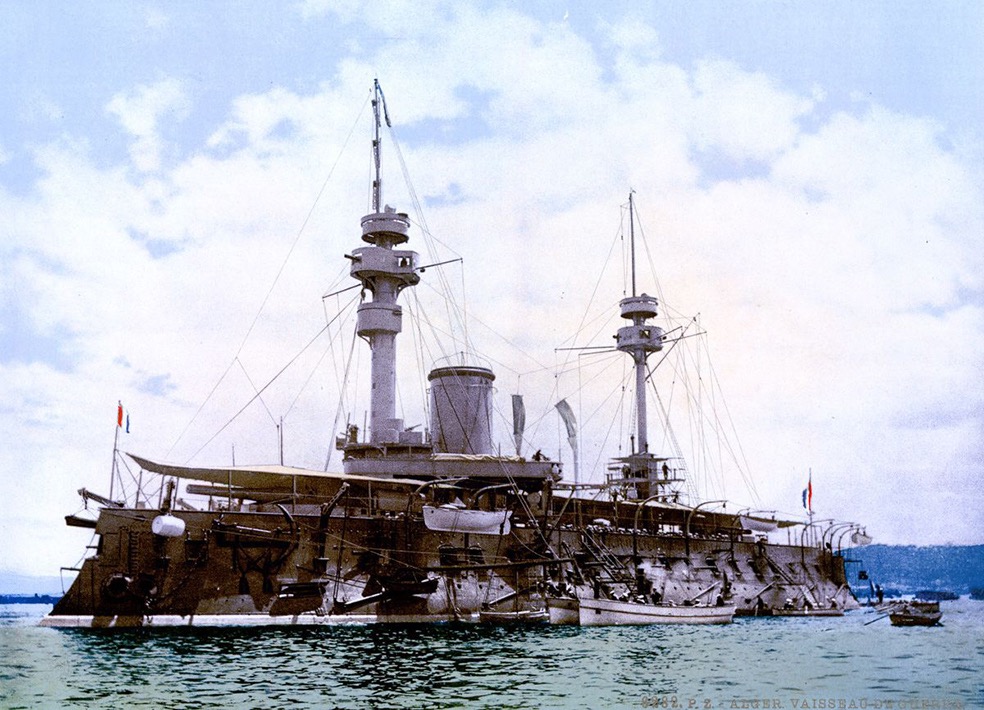
A warship in Algiers, Algeria / Image: Library of Congress
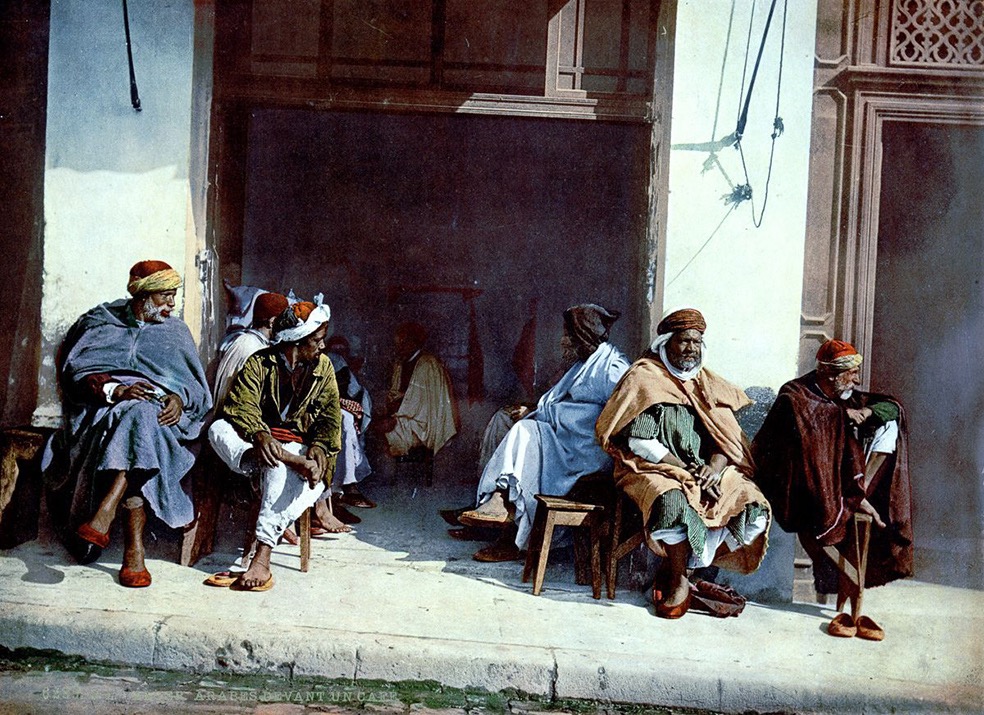
Algerians outside a cafe in Algiers / Image: Library of Congress

Milk peddlers in Belgium / Image: Library of Congress
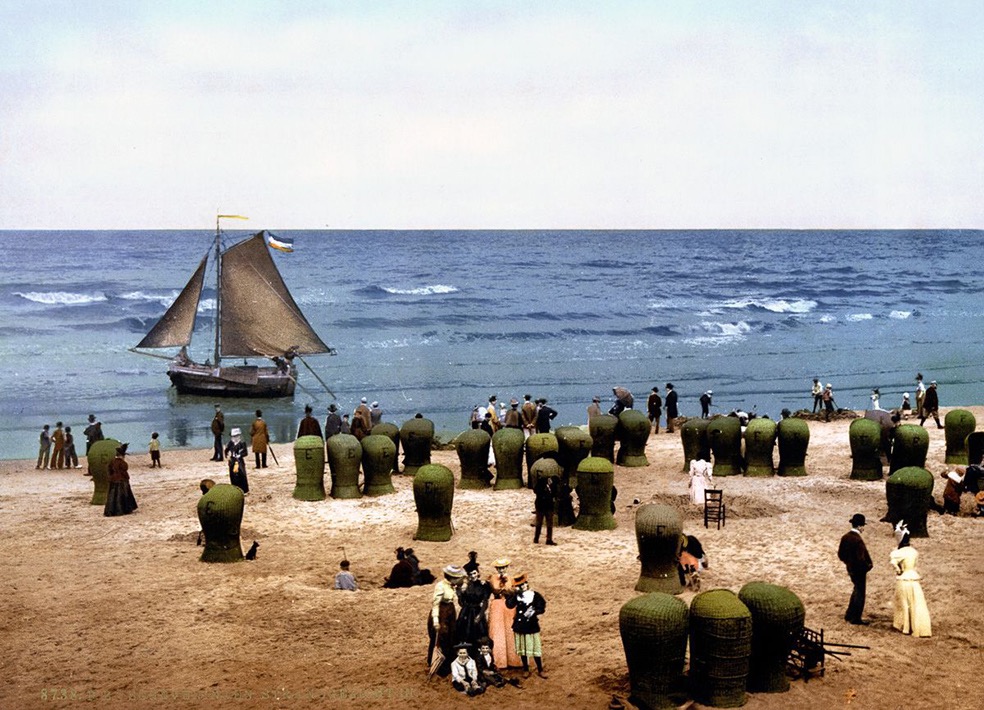
The beach at Scheveningen in The Hague / Image: Library of Congress
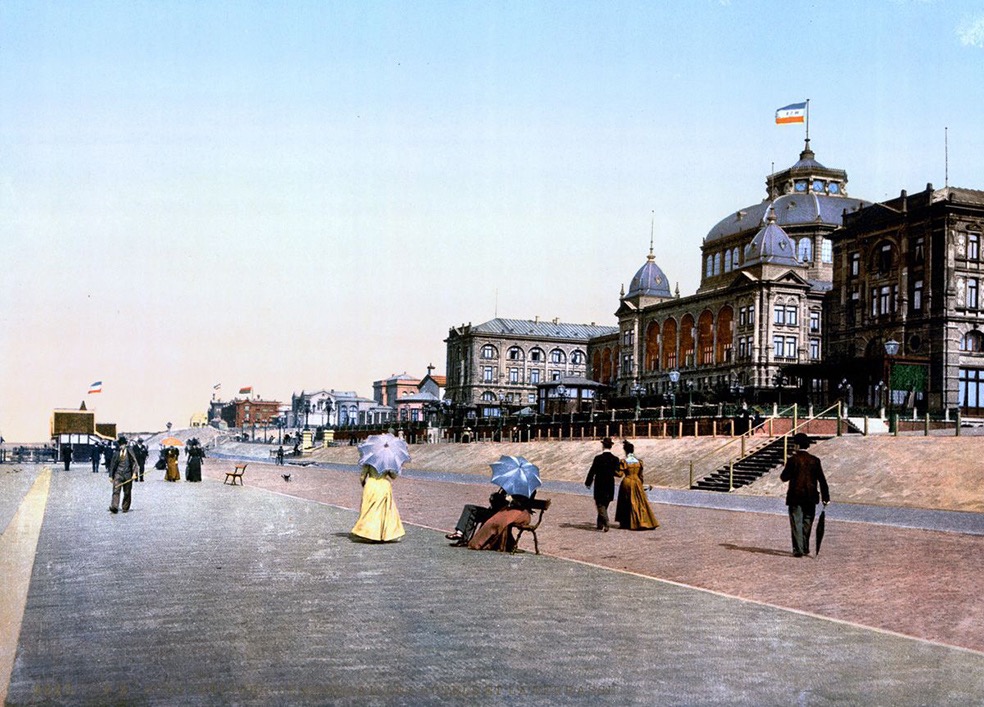
Scheveningen, a seaside resort in The Hague / Image: Library of Congress
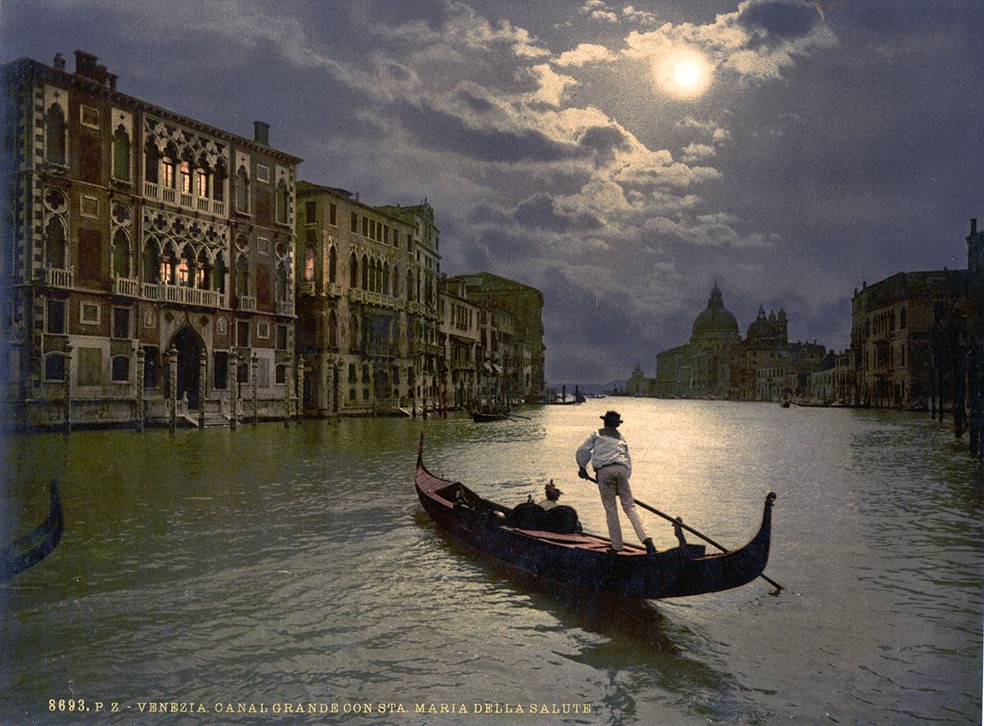
The Grand Canal of Venice by moonlight / Image: Library of Congress

A pasture in the Swiss Alps / Image: Library of Congress

The Simplon Pass in the Swiss Alps/ Image: Library of Congress
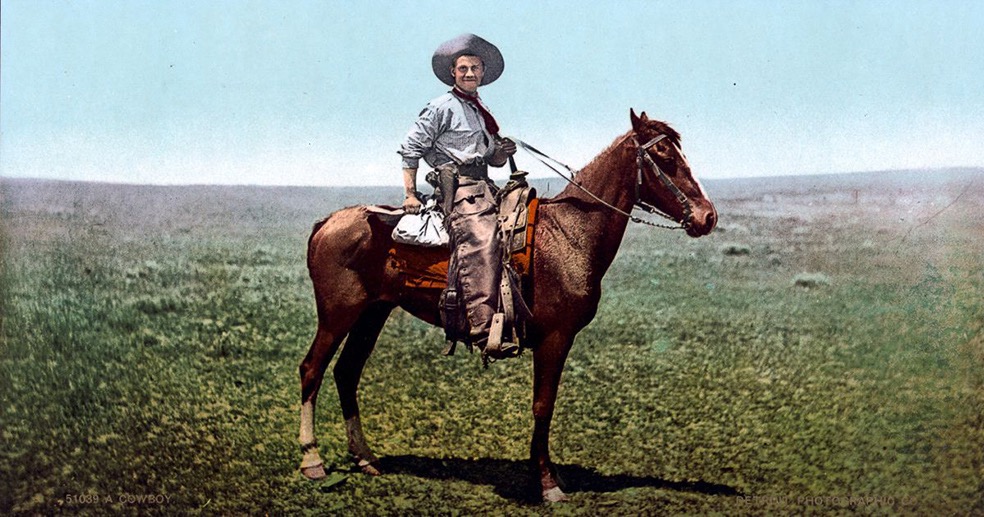
A cowboy in the American west/ Image: Library of Congress

